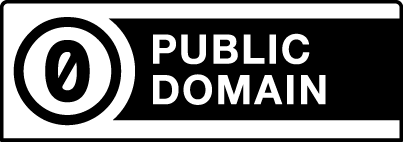James Gibbs's ground floor plan for an unidentified town house resembles the Palladian style of his contemporaries, as well as the engravings in his own influential Book of Architecture published in 1728. The front elevation is unique, however, in its strikingly plain facade punctuated by the rusticated and pedimented central range. The facade communicates the arrangement of rooms, the two principal rooms lying at the center of the building. Gibbs's style shifted in the 1720s from baroque to a more classical approach, probably in response to the prevailing Palladian taste as well as the more widespread movement toward architectural simplicity that was spreading through Europe.
-
Title
Design for an Unidentified Town House: Elevation and Plan
-
Former Title(s)
Elevation and Plan for a Town or Country House
-
Date
ca. 1720
-
Materials & Techniques
Pen and black ink with gray wash over graphite on medium, slightly textured, cream laid paper
-
Dimensions
Sheet: 18 3/4 x 14 9/16 inches (47.6 x 37 cm)
-
Inscription(s)/Marks/Lettering
Watermark: fleur-de-lis within crowned cartouche and LVG below
-
Credit Line
Yale Center for British Art, Paul Mellon Collection
-
Copyright Status
-
Accession Number
B1975.2.342
-
Classification
Drawing & Watercolors-Architectural
-
Collection
Prints and Drawings
-
Subject Terms
architectural subject | country house | floor plans | Palladian
-
Access
Accessible in the Study Room [Request]
-
Link
-
Export
-
IIIF Manifest
While not featured in his publication, this illustration resembles some of the plates in Gibbs influential A Book of Architecture (1728). Intended for "such Gentlemen as might be concerned with Building, especially in the more remote parts of the Country, where little or no assistance for Designs can be procured," the publication spread Gibbs's influence throughout Great Britain and abroad. In this drawing he presents the house in plan and elevation, two traditional methods of non-perspectival projection used to convey a stricture in the eighteenth century. This practice isolates the structure from its surroundings, making it unclear whether this house was intended for the town or the country. As in Vanbrugh's drawing (cat. 110) subtle shading indicates the three-dimensionality of the elevation, while the plan conveys practical information, such as room layout.
Morna O'Neill
The Line of Beauty : British Drawings and Watercolors of the Eighteenth Century (Yale Center for British Art, 2001-05-19 - 2001-08-05) [YCBA Objects in the Exhibition] [Exhibition Description]
British Architectural Drawings (Yale Center for British Art) (Yale Center for British Art, 1982-04-21 - 1982-05-30) [YCBA Objects in the Exhibition]
Scott Wilcox, Line of beauty : British drawings and watercolors of the eighteenth century, , Yale Center for British Art, New Haven, CT, 2001, p. 133, no. 111, NC228 W53 2001 (YCBA) [YCBA]
Eric R. Wolterstorff, British architectural drawings, Yale Center for British Art, New Haven, Conn., 1982, p. 13, no. 15, V 0251 (YCBA) [YCBA]
If you have information about this object that may be of assistance please contact us.
